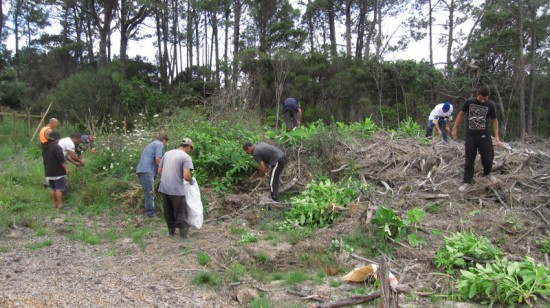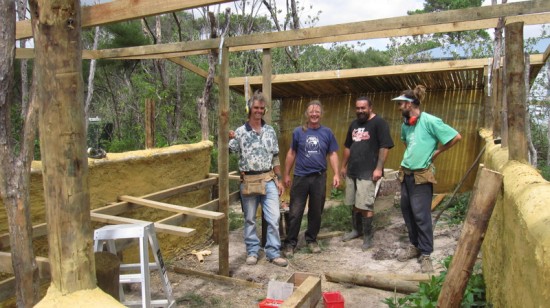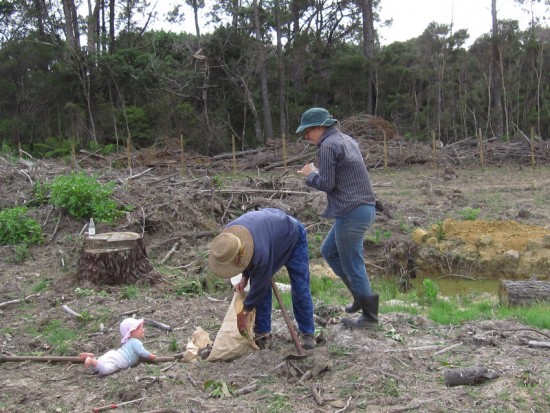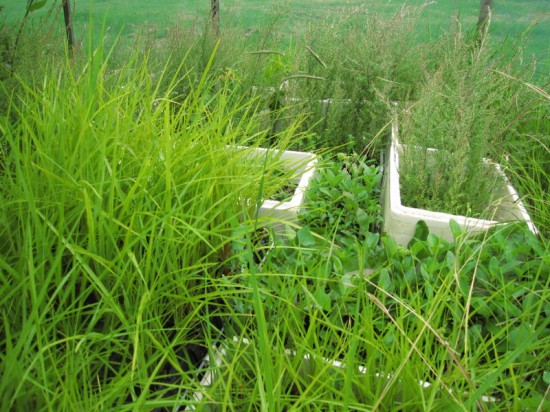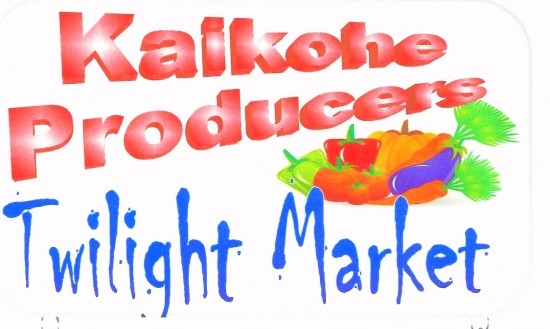Its pretty pink flowers are viewed by some as a welcome sign of spring’s approach, but Northlanders are being urged to join forces to tackle Taiwan cherry because of the invasive risk it poses to our native bush.
Tony Davies-Colley with a Taiwan cherry tree that is just starting to flower in Whangarei. The Northland Regional Council member wants people to kill as many of the invasive trees as possible.
Northland Regional Council member Tony Davies-Colley says Taiwan cherry (Prunus campanulata) was imported from east Asia in the 1960s as an ornamental species to brighten gardens in late winter.
“Unfortunately, in a relatively short time it has become very invasive and is visible – especially at this time of year – right throughout Northland, but especially in and close to built-up areas.”
“We have many beautiful native bush areas in Northland and this unwanted tree is changing the character of them. It’s also a weed in public reserve areas and rampant on roadsides.”
Cr Davies-Colley – a member of the council’s Environmental Management Committee - says although it’s illegal for people to sell, propagate or distribute Taiwan cherry in Northland, its seeds are unfortunately still being widely spread by birds.
“Taiwan cherry seed can be carried for many kilometres by birds and you can see evidence of that in places like Whangarei’s Western Hills, especially at this time of year as they start to flower.”
Cr Davies-Colley says aside from the pretty look of the tree, he’s aware that some people view Taiwan cherry as a good food source to attract native bird species, but says a mixture of sugar and water in a bowl will lure them to gardens just as well.
Similarly, there are a number of trees – including other non-invasive species of flowering cherry - that can be grown instead of Taiwan cherry and he has a blunt message for his fellow Northlanders - “I’m asking them to kill it.”
He says with Taiwan cherry typically starting to sport its characteristic pink, bell-shaped flowers at this time of year, it can be easily identified and taken care of.
“We need people to realise that the time they’re flowering is a great time to deal with these trees and they should take advantage of this window of opportunity.”
Cr Davies-Colley says as well as dealing with Taiwan cherry trees on their own property, he’s urging people to take a walk around their neighbourhood and speak to others with the trees and see if they need help to remove them.
Don McKenzie, the council’s Biosecurity Senior Programme Manager, says larger trees can be ring-barked and treated with one part glyphosate to four parts water or drilled with holes every 200-300ml around the trunk and 10-15 ml of undiluted glyphosate injected in. (A small bottle with a nozzle is good for this.)
“Cut stems need to be treated with the herbicide glyphosate (Round-up) at a rate of 200ml/litre. Ensure the stem is treated down to the ground within 15 minutes of cutting.”
Mr McKenzie says smaller plants can be controlled by simply pulling them out at any time of the year, while seedlings can be sprayed.
“Larger infestations of seedlings can be over-sprayed with glyphosate at 100ml per 10 litres water. Follow-up will be required for four to five years to ensure any ungerminated seeds still in the soil are taken care of it they do eventually germinate.”
Mr McKenzie says people wanting to know more about tackling Taiwan cherry – or other pest plants or animals – can contact members of the council’s biosecurity team on 0800 002 004.
Alternatively, information is available on line at www.nrc.govt.nz/pestmanagement

